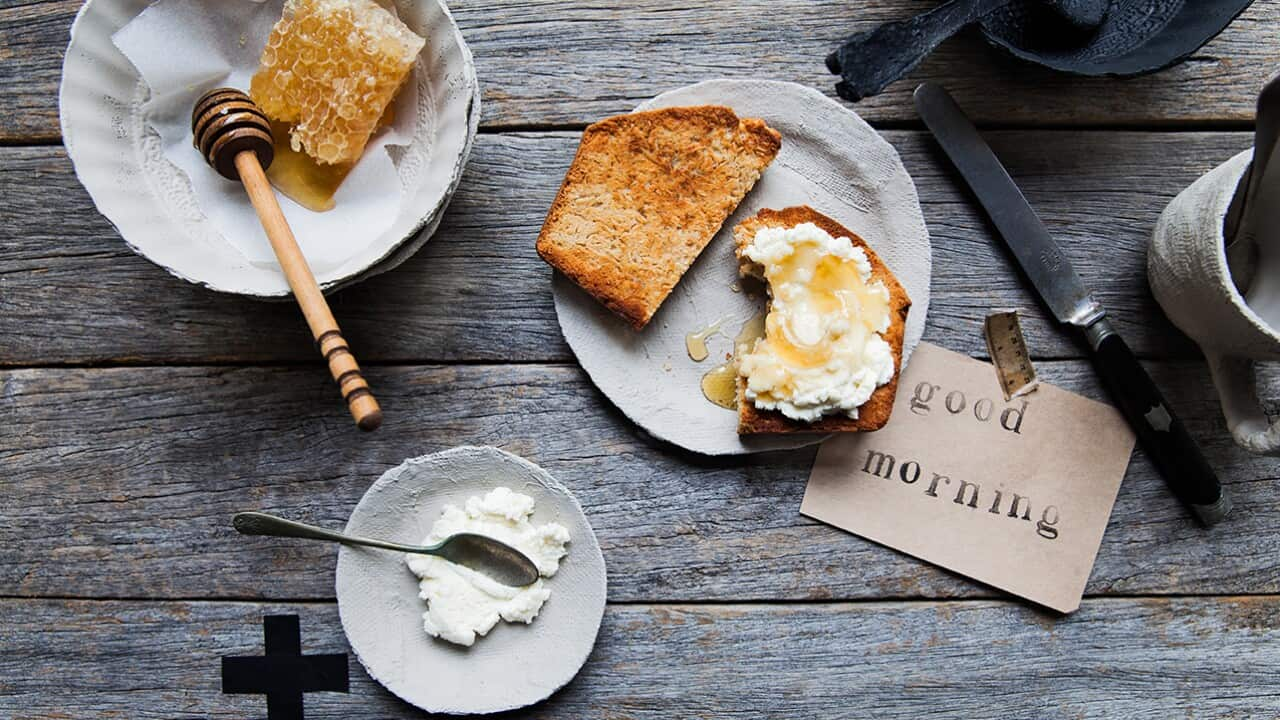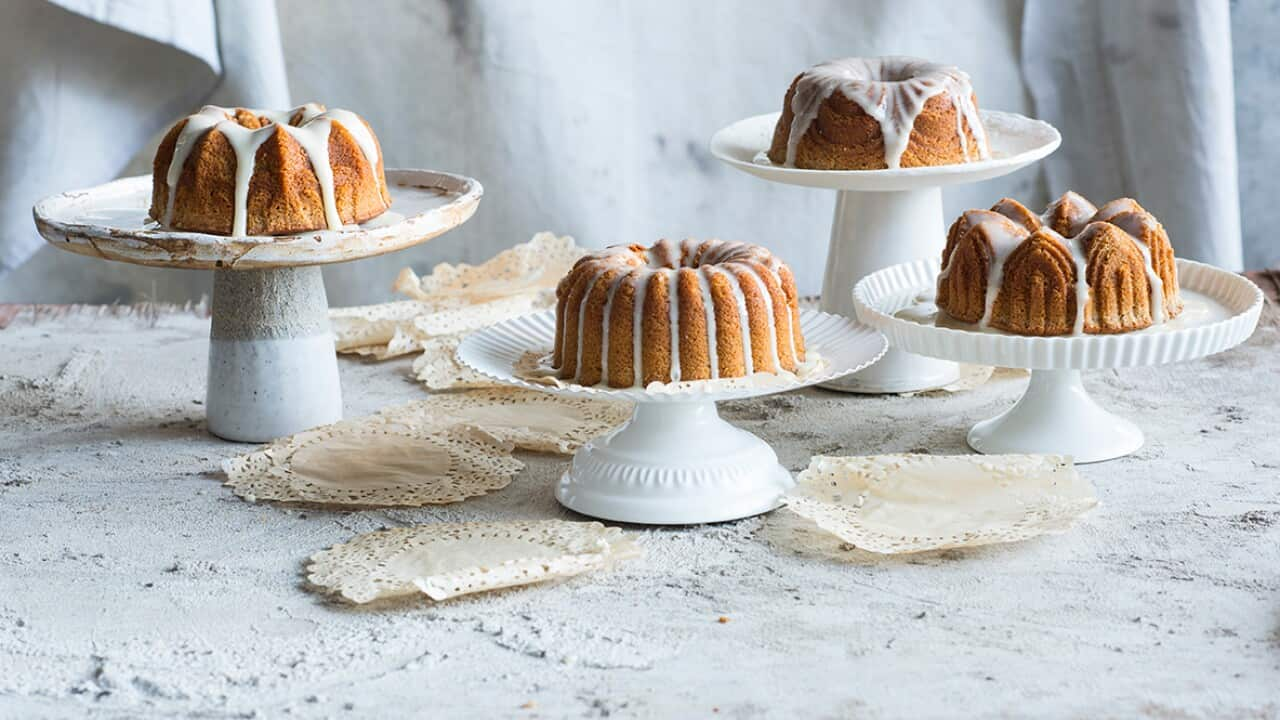Manuka honey is often touted as a “superfood” that , including allergies, colds and flus, gingivitis, sore throats, staph infections, and numerous types of wounds.
boost energy, “detox” your system, lower cholesterol, stave off diabetes, improve sleep, increase skin tone, reduce hair loss and even prevent frizz and split ends.
Some of these claims are nonsense, but some have good evidence behind them.
Honey has been used therapeutically , with records of its cultural, religious and medicinal importance shown in rock paintings, carvings and sacred texts from many diverse ancient cultures.
Honey was used to treat a wide range of ailments from eye and throat infections to gastroenteritis and respiratory ailments, but it was persistently popular as a treatment for numerous types of .
Medicinal honey largely fell from favour with the advent of modern antibiotics in the mid-20th century. Western medicine largely dismissed it as a “”. But the emergence of superbugs (pathogens resistant to some, many or even all of our antibiotics) means alternative approaches to dealing with pathogens are being scientifically investigated.
We now understand the traditional popularity of honey as a wound dressing is almost certainly due to its antimicrobial properties. High sugar content and low pH mean honey inhibits microbial growth, but certain honeys still retain their antimicrobial activity when these are diluted to negligible levels.
Many different types of honey also produce microbe-killing levels of when glucose oxidase (an enzyme incorporated into honey by bees) reacts with glucose and oxygen molecules in water. So, when honey is used as a wound dressing it draws moisture from the tissues, and this reacts to produce hydrogen peroxide, .
The antimicrobial activity of different honeys varies greatly, depending on which flowers the bees visit to collect the nectar they turn into honey. While all honeys possess some level of antimicrobial activity, certain ones are than others.
How is manuka different to other honey?
Manuka honey is derived from the nectar of manuka (Leptospermum scoparium) trees, and it has an additional component to its potent antimicrobial activity. This unusual activity was , when he realised the action of manuka honey remained even after hydrogen peroxide was removed.
The cause of this activity remained elusive for many years, until two laboratories independently identified as a in manuka honey in 2008. MGO is a substance that occurs naturally in many foods, plants and animal cells and it has .
Australia has more than 80 species of native Leptospermum, while New Zealand has one, but the “manuka” honeys from each country . There is currently a great deal of between the two countries over the rights to use the name “manuka”, but for simplicity in this article we use the term to describe active Leptospermum honeys from either country.
Can manuka honey kill superbugs?
The activity of manuka honey has been tested against a diverse range of microbes, particularly those that cause wound infections, and it , including superbugs that are resistant to multiple antibiotics.
Manuka honey can also disperse and kill bacteria living in biofilms (communities of microbes notoriously resistant to antibiotics), including ones of (the cause of strep throat) and (the cause of Golden staph infections).
Crucially, there are no reported cases of bacteria developing resistance to honey, nor can manuka or other honey resistance .
It’s important to note that the amount of , and not all manuka honeys necessarily have .
Manuka honey and wound healing
, and there have been numerous studies looking at . Apart from its broad-spectrum antimicrobial activity, honey is also non-toxic to mammalian cells, helps to maintain a moist wound environment (which is beneficial for healing), has anti-inflammatory activity, reduces healing time and scarring, has a natural debriding action (which draws dead tissues, foreign bodies and dead immune cells from the wound) and also reduces wound odour. These properties account for many of the reports showing the .
Honey, and in particular manuka honey, has infected and non-infected wounds, burns, surgical incisions, leg ulcers, pressure sores, traumatic injuries, meningococcal lesions, side effects from radiotherapy and .
What about eating manuka honey?
Most of the manuka honey sold globally is eaten. Manuka may inhibit the bacteria that cause a sore (“strep”) throat or gingivitis, but the main components responsible for the antimicrobial activity won’t survive the digestion process.
Nonetheless, honey consumption can have , including anti-inflammatory, anti-oxidant and (promoting the growth of beneficial intestinal microorganisms) properties. Although, these properties are not solely linked to manuka honey and various other honeys may also work.
it has to be real

When honey isn’t honey
What doesn’t it do?
There is a commonly touted belief that eating manuka (or local) honey will help with hay fever because it contains small doses of the pollens that are causing the symptoms, and eating this in small quantities will help your immune system learn not to overreact.
But there’s . Most of the pollen that causes hay fever comes from plants that are wind pollinated (so they don’t produce nectar and are not visited by bees).
There is some preliminary work showing honey might protect from some that warrants further investigation. But other claims honey has are yet to be substantiated.
There isn’t any robust scientific evidence that manuka lowers cholesterol, treats diabetes or improves sleep. Although one interesting study did show for reducing night time coughs of children, improving their sleep (and their parents’). Manuka honey wasn’t used specifically, but it may well be as helpful.
Claims that anything helps to “detox” are . Similarly “superfood” is , and the cosmetic and anti-ageing claims about manuka are .
Final verdict
If consumers are buying manuka honey for general daily use as a food or tonic, there is no need to buy the more active and therefore more expensive types. But the right kind of honey is very effective as a wound dressing. So if manuka is to be used to treat wounds or skin infections, it should be active, sterile and appropriately packaged as a medicinal product.
The best way to ensure this is to check the product has a or it’s registered with the Australian Therapeutic Goods Administration (marked with an AUST L/AUST R number). Manuka honey isn’t a panacea or a superfood. But it is grossly underutilised as a topical treatment for wounds, ulcers and burns, particularly in the face of the looming global superbug crisis.
Manuka honey isn’t a panacea or a superfood. But it is grossly underutilised as a topical treatment for wounds, ulcers and burns, particularly in the face of the looming global superbug crisis.
, Postdoctoral Researcher, and , General Manager, ithree institute UTS. This article was originally published on . Read the .






